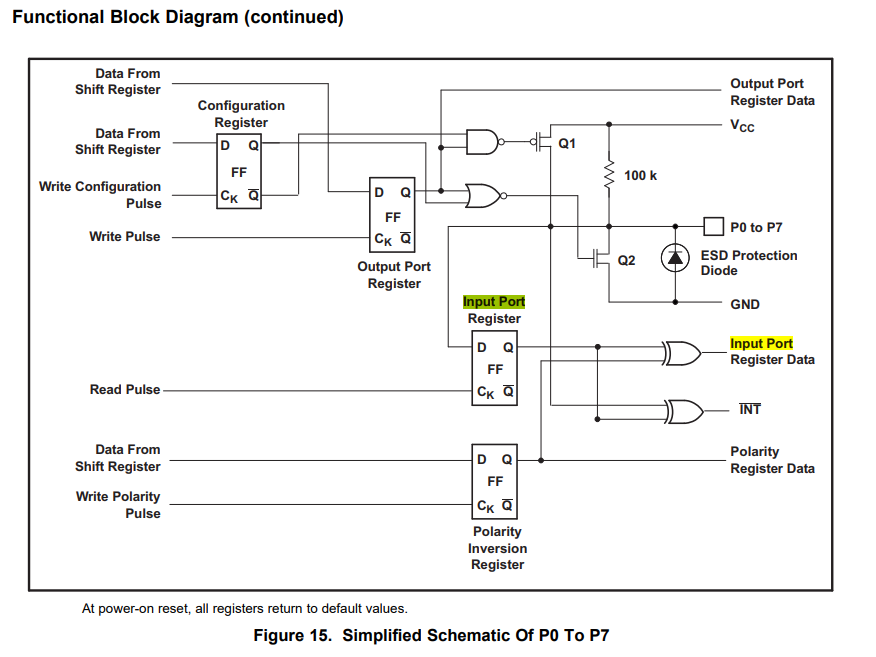Hi all,
I would like to ask you two questions.
1) Is it a schmitt-trigger Inputs like SNx4 Series of logic IC?

2) What is rise/fall time of I/O port? Is there limit value?
I'm going to connect input capacitor for noise reduction.
I would like to know how many load capacitance of the input capacitor can be increased.
I would appreciate if you let me know the reference value.
Best Regards,
Ryusuke.



